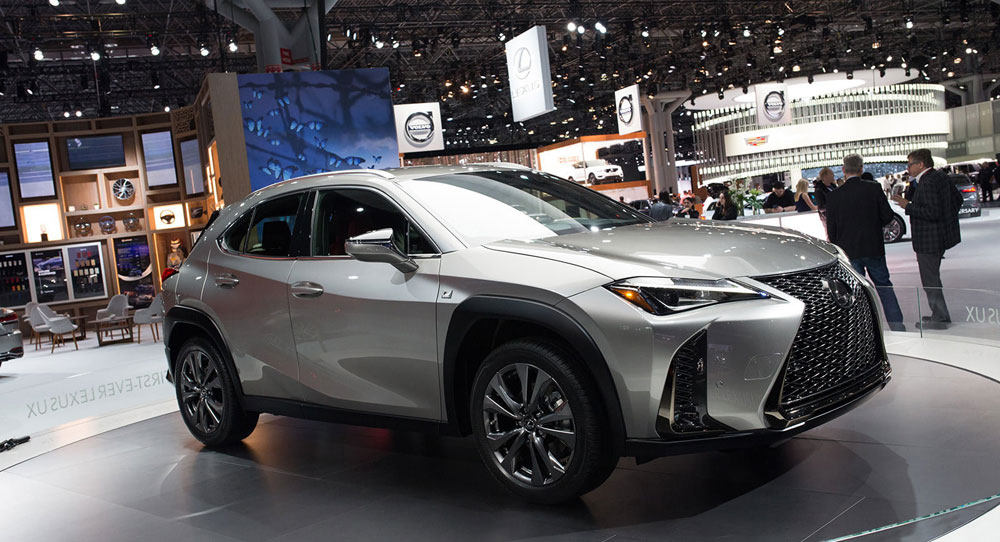Here’s Sofyan Bey of Redline Reviews with a nicely detailed overview of the 2019 Lexus UX F SPORT:
(Really enjoyed this, as it puts the size of the UX into perspective. These are just the kind of videos we need to see of the latest Lexus model, especially in regards to the interior.)


Comments